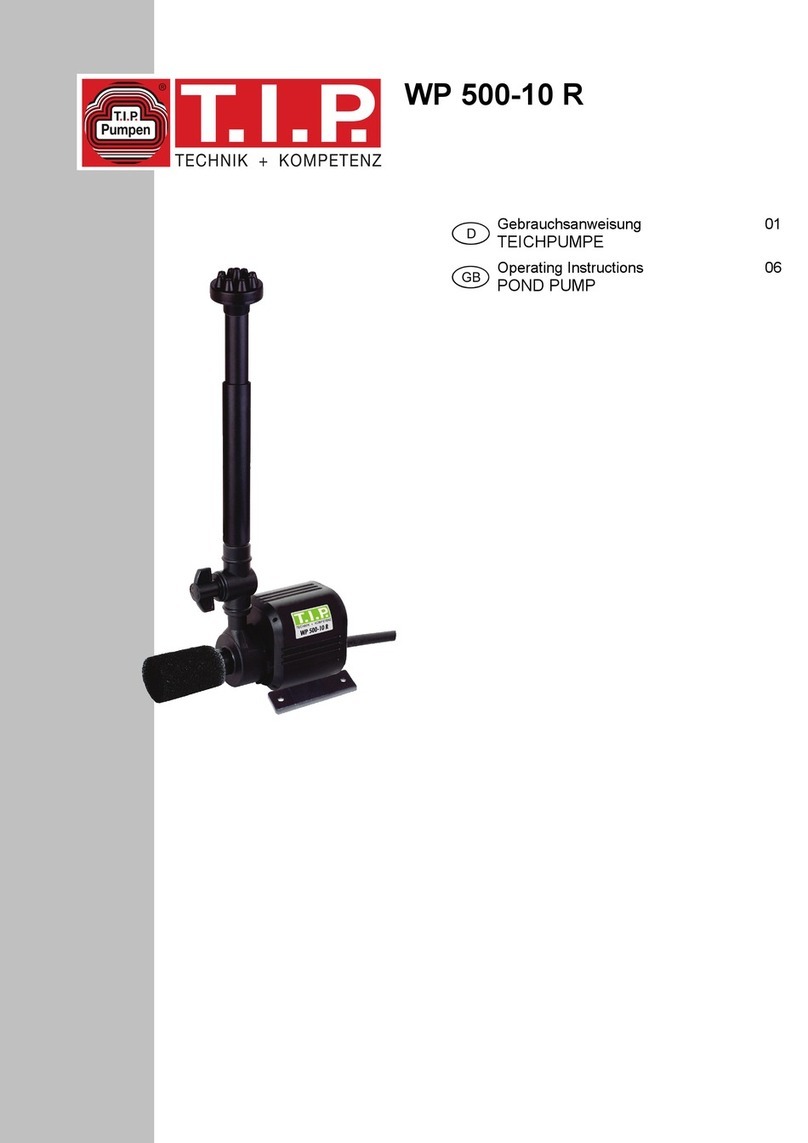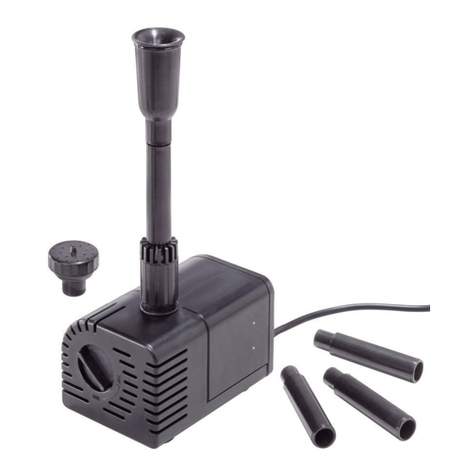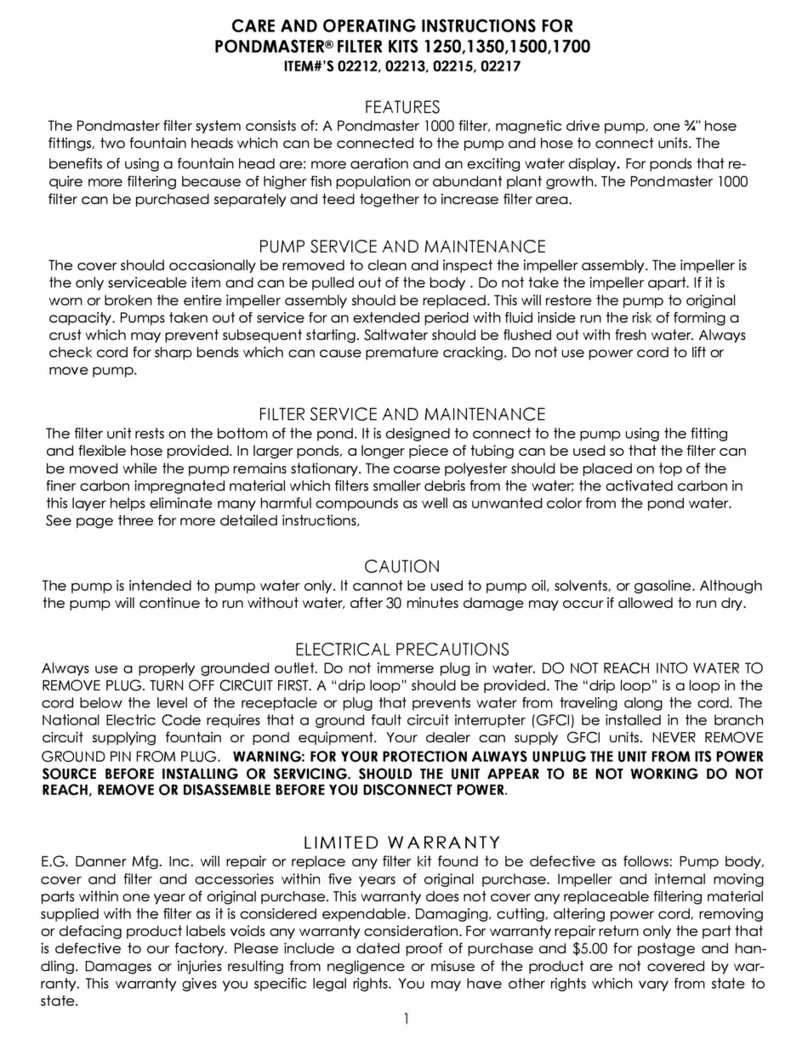Savio Pond Free PF1000 Guide
Other Savio Pond Pump manuals
Popular Pond Pump manuals by other brands

Oase
Oase PondJet Eco operating instructions

Profi-pumpe
Profi-pumpe Rügen operating instructions

HEISSNER
HEISSNER F540-00 Instructions for use
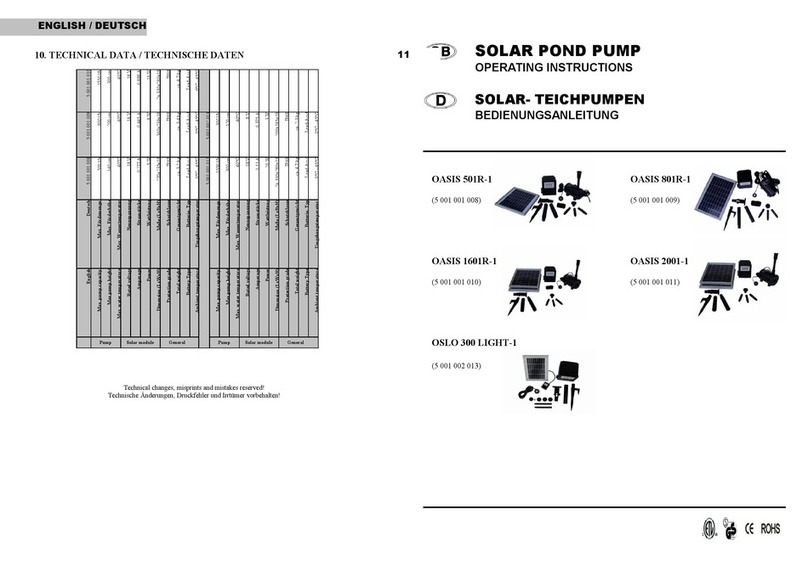
1A Profi Handels
1A Profi Handels OASIS 501R-1 operating instructions
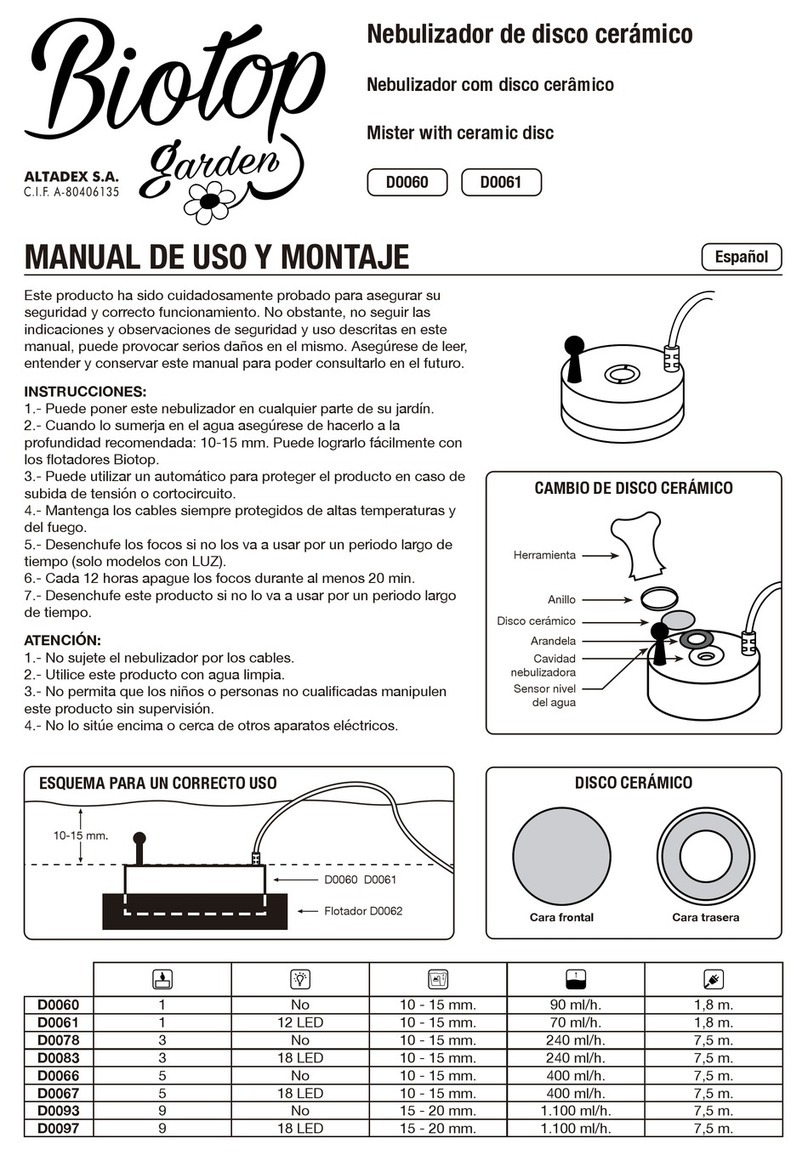
Biotop Garden
Biotop Garden D0060 User instructions
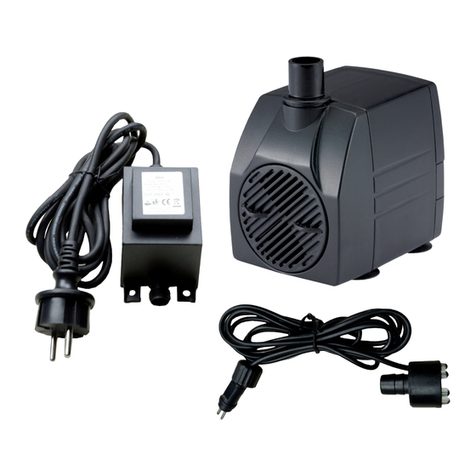
Profi-pumpe
Profi-pumpe JR-800LV operating instructions
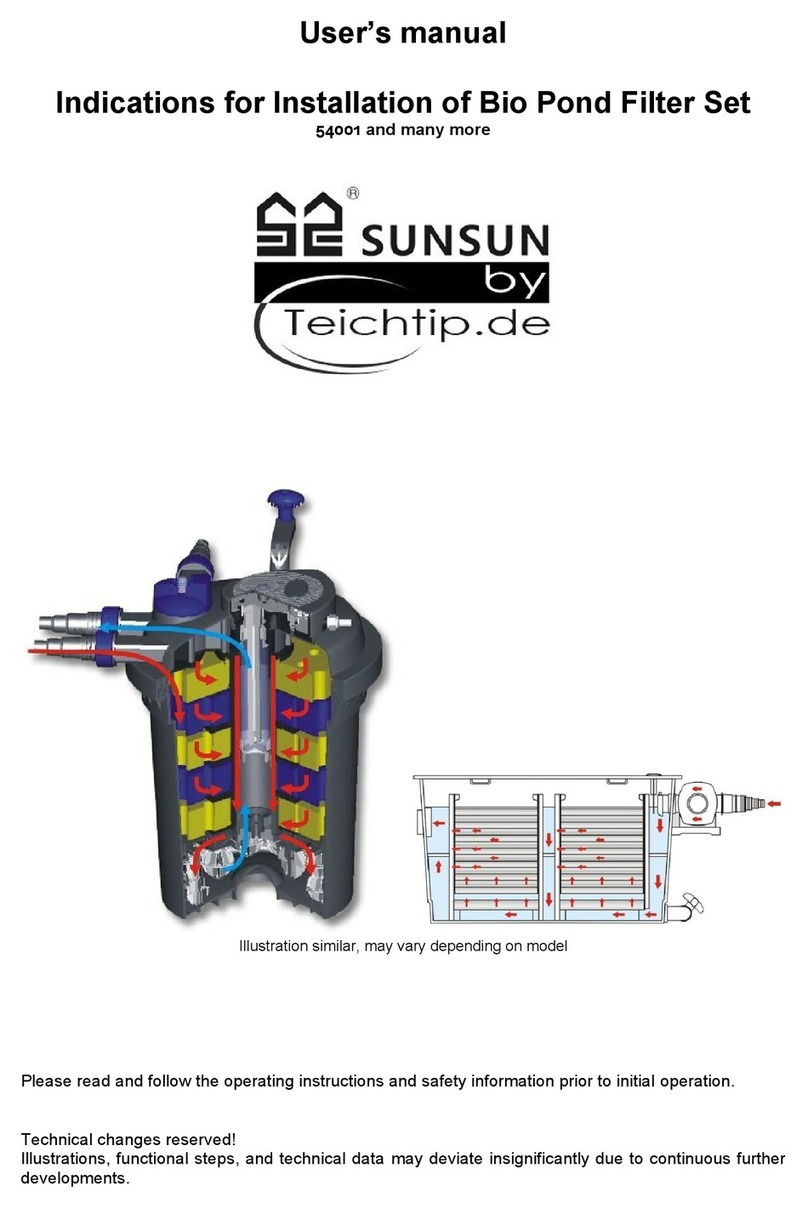
TeichTip
TeichTip Sunsun Bio Pond Filter Set user manual
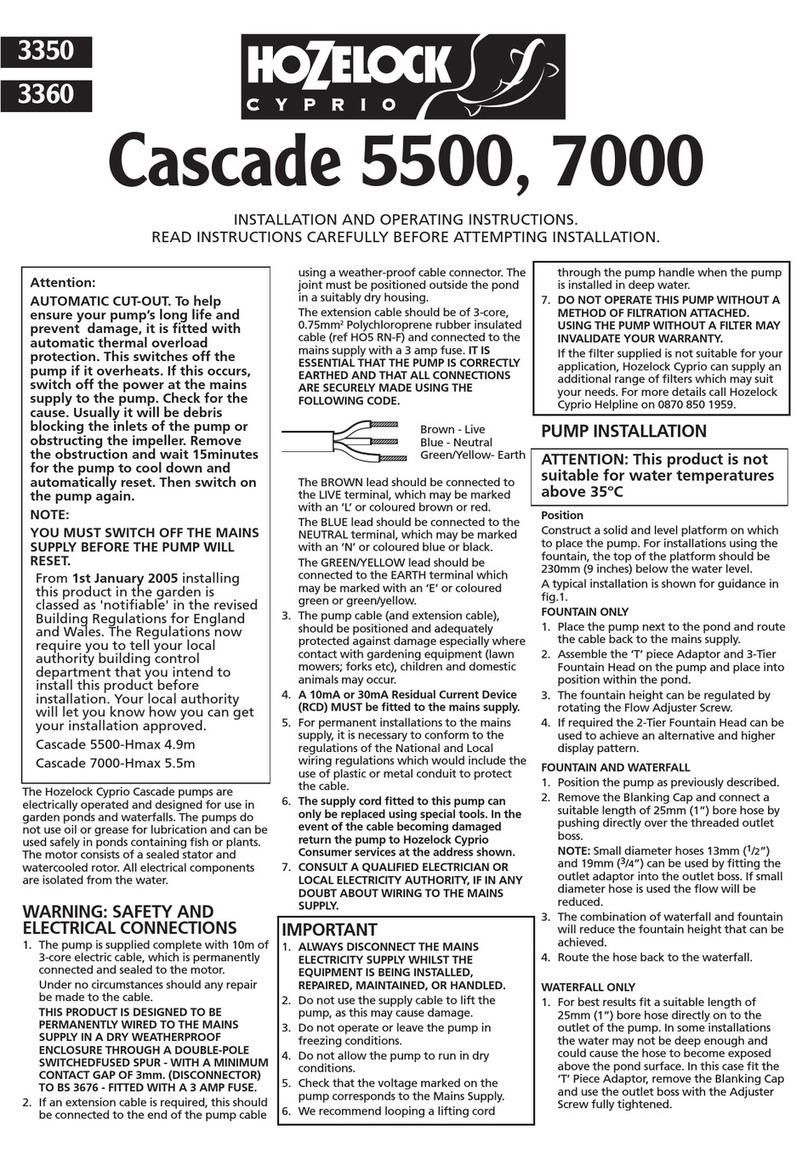
Hozelock Cyprio
Hozelock Cyprio Cascade 5500 Installation and operating instructions
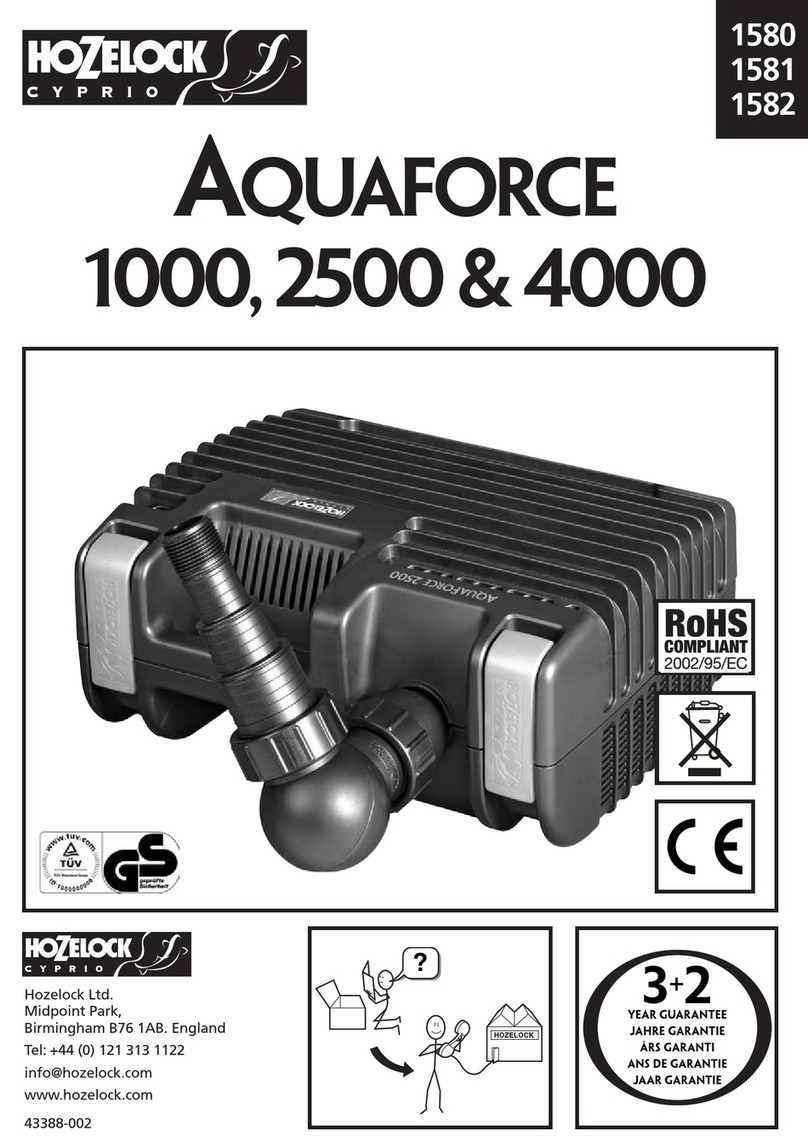
Hozelock Cyprio
Hozelock Cyprio Aquaforce Series Installation and operating instructions

HEISSNER
HEISSNER SPF 150-00 manual

AquaScape
AquaScape AQUAFORCE 4000-8000 Instructions & maintenance
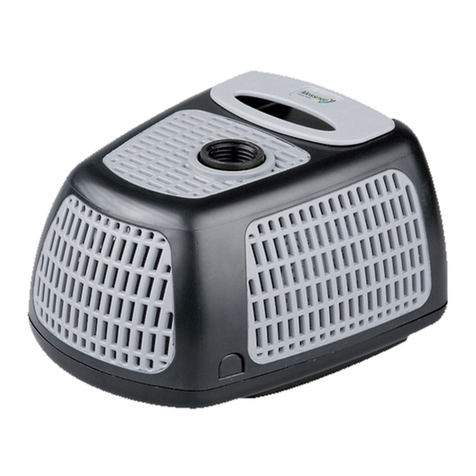
Messner
Messner system-X 1501 operating instructions



